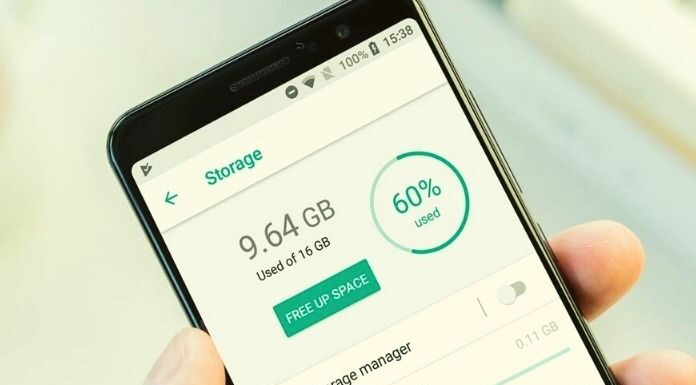Save Storage: From the beginning, most Android smartphones have relied on memory expansion. A MicroSD card slot was part, of the equipment in many cases. However, manufacturers have focused on making waterproof cell phones, so premium memory card slots have disappeared. However, storage has become affordable these days. Mid-range cell phones usually come with 64 GB, flagships even with at least 128 GB.
Nonetheless, you can reach these limits if you use your smartphone intensively. Some apps are real data guzzlers that occupy the flash memory without being noticed. These tips will help you clean it up efficiently.
Save Storage: Tip 1: Check Memory Usage
In the Android settings, the respective consumption of the memory by data, documents, photos, etc., is shown precisely to the megabyte. Whether Samsung, Huawei, or Oppo: Every manufacturer usually offers a function on its surface with which no longer required files can be automatically recognized and deleted. The path through a file manager is not recommended for beginners. This enables access to the folder structure and therefore harbors the risk of accidentally removing any data that is still required.
Tip 2: Delete Photos And Videos
The best camera is the one you have with you – this is precisely why the smartphone camera is so popular among photographers. Those who like to capture their everyday life and memorable moments will quickly fill their memory. Depending on the resolution, a photo can be up to 20 megabytes in size, but videos take up more storage space. The gallery’s regular tidying up should become a ritual, and shaky or duplicate recordings should be moved to the trash. Apps installed from the Play Store under the keyword “duplicate picture finder” could also help. Videos should be regularly transferred to the computer and then deleted from the smartphone.
Tip 3: Free Up WhatsApp Memory
The messenger is a gigabyte glutton. Especially if you are a member of several group chats and have activated the automatic download of media, you should sacrifice some memory with WhatsApp. This is where the trick lies: Flip the switch for “Media Auto-Download” under “Data usage” in the settings and download images only one at a time. However, this also applies to all media that you receive in individual chats.
Tip 4: Remove The App Cache And App Data
In addition to WhatsApp, other apps such as Discord or Clubhouse also collect a lot of data when they are used. Over time, however, this deposit can grow considerably. The memory requirements of an app can be checked individually in the settings and destroyed if necessary. Then, however, it could be that previously made settings in apps are reset, or you have to log in again.
Tip 5: Use Cloud Storage
Anyone who generally feels comfortable with the idea of saving files in the cloud should also take advantage of this. The most obvious is probably the offer from Google Drive, with which 15 GB are available for free. For just 1.99 euros a month, this memory can be drastically increased to 100 GB, which should be especially worthwhile for snapshot collectors. Since June 1, 2021, the previously free storage of compressed images in Google Photos has also been counted towards the storage space. In addition to Google, there are, of course, numerous alternatives that could be more attractive for you depending on the other use. By the way, those who have Office 365 subscribers have access to 1 TB of cloud storage with Microsoft OneDrive.
Tip 6: Clean Out Files From Spotify, Netflix, And Co
Apart from photos and games, the highest memory consumption on your smartphone is likely to be caused by stored music, films, and series. Most of these apps have built-in functions that can be used to minimize consumption. For example, you can reduce the quality of downloaded audio files on Spotify, corresponding to listening pleasure. The same is possible with Netflix, Prime Video, and other streaming apps. But if you have to prepare for a long offline phase and it’s more about quantity than quality, these features come in very handy.
Conclusion: Cleaning Up Regularly Keeps The Storage Space Free
If you own a microSD slot in your smartphone, you should start by storing files such as documents and recordings on the memory card. First, find out what maximum capacity your device supports and then see your budget for the most significant possible storage expansion. However, you shouldn’t be able to hang on to every snapshot and part with bad photos. Then look for a data manager in the preinstalled apps on your smartphone that will help you clear out. Otherwise, you should keep an eye on the settings of media and chat apps so that they do not exceed their storage limit.

